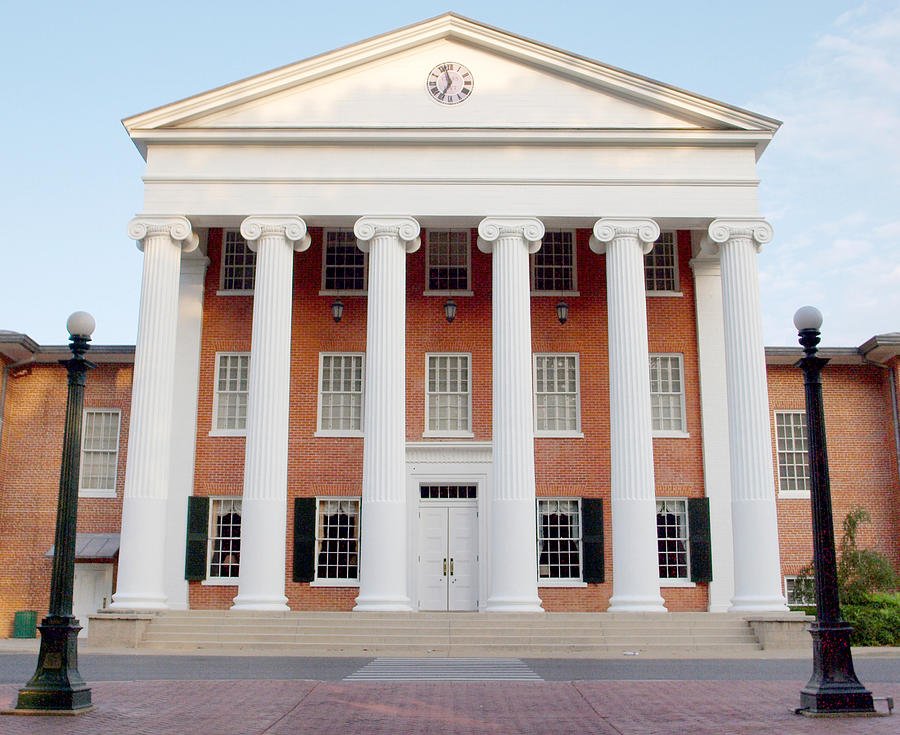The Murder of Paul Guihard
Paul Guihard, a reporter for the Agence French Press, is the only journalist known to have been killed during the civil rights era. On Sept. 30, 1962, Guihard was shot on the campus of the University of Mississippi while covering the integration of the university. He was shot in the back from about one foot away, and his killer was never identified.
On September 30, 2010, The Meek School of Journalism and New Media revealed a plaque in honor of Paul Guihard. It is displayed on a commemorative bench outside of Farley Hall. The presenters of the plaque were associate professor of journalism, Dr. Kathleen Wickham and award-winning journalist John Seigenthaler.
“It serves as a reminder that his murderer has never been indentified and may still be alive today,” Wickham said.
Wickham is currently writing a book about Guihard’s life titled “The Time of Your Sadness.” It is scheduled for publication in 2017.
Bullet Holes in the Lyceum
If you’ve ever been on the Ole Miss campus, you’ve probably noticed the beautiful Greek Revival style building called the Lyceum. But have you ever spotted the bullet holes above the door? These bullet holes are remnants of a battle that broke out over the enrollment of James Meredith, the first African American to attend the University of Mississippi. On the night of September 30, 1962, violent confrontation erupted between nearly 2,000 protesters and about 500 federal troops sent by President Kennedy to enforce the Supreme Court’s ruling to enroll Meredith. Some historians say the integration of Ole Miss was the last battle of the Civil War.
“Dead House”
Have you ever noticed the “Dead House” sign outside of Farley Hall? The building located on the site where Farley Hall now stands was used as a morgue during the Civil War. The original building was demolished in 1958. It is believed that the bodies in this morgue were carried across campus to the Civil War Cemetery, which contains more than 430 graves.
Ventress Hall Staircase
Built in 1889, Ventress Hall is one of the University’s most distinctive buildings. It was the first major building added to the campus after the Civil War. In the early 20th century, an Ole Miss student who was also a Confederate veteran inscribed his name and regiment on the wall at the top of the spiral staircase, according to administrative coordinator Heather Hedgepeth. Hundreds of students have followed by writing their names on the walls, making it a longstanding tradition. Though the building has been renovated, this time capsule remains untouched. *Note: The Ventress Hall Staircase is closed to the public for preservation reasons.






+ show Comments
- Hide Comments
add a comment